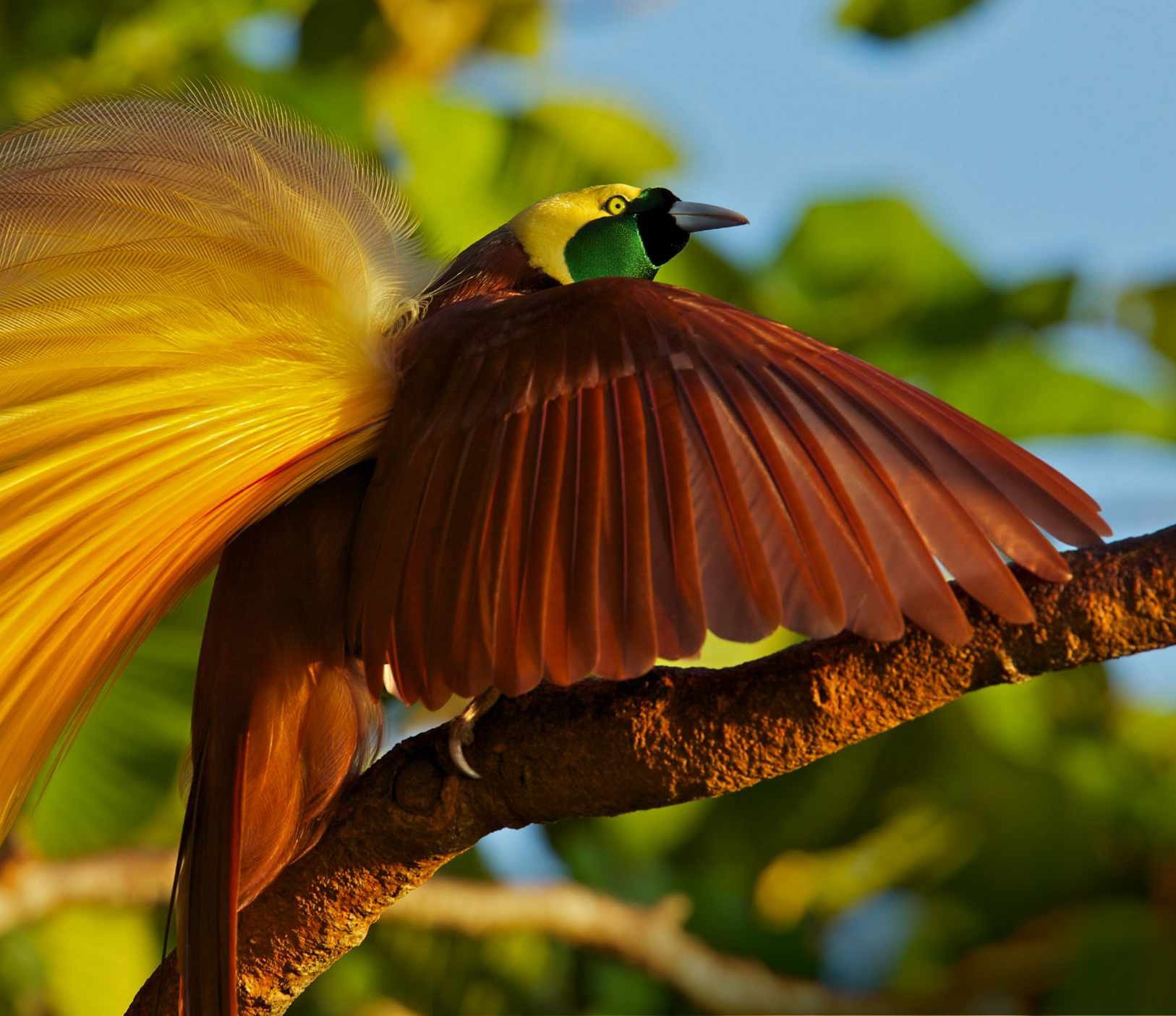OPINION
Mark Carwardine
“COP15 is likely to be another grave disappointment”
YOU’D HAVE THOUGHT GOVERNMENTS would be more interested in ensuring that our planet continues to be habitable. But they seem woefully and bizarrely unenthusiastic when it comes to avoiding mutual destruction. Sadly, then, it will come as no surprise that COP15 is likely to be another grave disappointment. The 15th Conference of the Parties to the United Nations Convention on Biological Diversity Conference – which took place in Montreal in December – aspired to “create a world living in harmony with nature”. It won’t. I hope I am proved wrong, but past evidence strongly suggests that these summits are no longer fit for purpose.
The Convention on Biological Diversity is a landmark 1992 international agreement that set out how to utilise and protect the world’s natural resources. It has been ratified by 196 parties (including every member of the UN except, notably, the USA). The latest meeting was particularly important, because delegates were thrashing out a new global biodiversity framework to guide conservation efforts for the next 10 years.
The last roadmap towards a more nature positive future, agreed in 2010, set 20 targets to stem the destruction of wildlife and life sustaining ecosystems. And guess what? It failed. Miserably. Not a single target was met. Far from reversing the loss of biodiversity, we have succeeded in speeding it up.
Admittedly, the latest COP15 agreed some promising targets. Tackling environmentally damaging subsidies is top of my list. The world’s most ecologically destructive industries – fossil fuels, fishing and farming – are fiercely protected by governments whose leaders are relentlessly browbeaten by lobbyists into keeping their industries alive and kicking. Between them, they receive considerably more than US$1 trillion in subsidies – the vast majority of which pay no regard to environmental protection. But now there is a target to phase out or “reform” at least US$500bn of these environmentally damaging subsidies by 2030.
But the headline-grabbing target of protecting 30 per cent of the planet by 2030 (catchily dubbed “30 by 30”) rings loud alarm bells. It’s the equivalent of the global warming cap of 1.5°C. But what works for climate change (in theory, at least) doesn’t necessarily work for biodiversity.

The target is a distraction from the need for transformational change. We have to turn our whole way of life upside down and get governments, businesses and other stakeholders to understand that conservation is not a competing interest but is fundamental to human survival and needs to be part of everything we do. A 30 percent target will just result in more rapid destruction of the remaining 70 percent. Besides, what does ‘protection’ actually mean? Anyone familiar with the UK’s national parks, for example, will know that simply labelling an area ‘protected’ doesn’t cut the mustard. Then there is the small matter of funding. The Paulson Institute estimates that reversing the decline in biodiversity by 2030 would cost US$722-967 billion each year. We are spending just US$124-143 billion. That’s quite a shortfall. What we desperately needed – and didn’t get – was a new mandatory biodiversity fund to pay for conservation targets in biodiversity-rich countries in the global south.
“The world’s most ecologically destructive industries are fiercely protected”
Despite promising to do better, governments haven’t yet met a target they have set for themselves: sadly, even a strong, ambitious agreement does not in itself ensure successful implementation.
It doesn’t help that the week before the conference started, the world reached a frightening milestone: its population soared past 8 billion. That’s 2.5 billion more people than when the Convention on Biological Diversity was agreed in 1992. As UN secretary-general António Guterres warned during his opening speech at COP15: “We are losing our suicidal war against nature.”

Want to comment?
Share your thoughts on Mark’s column by sending an email to wildlifeletters@immediate.co.uk